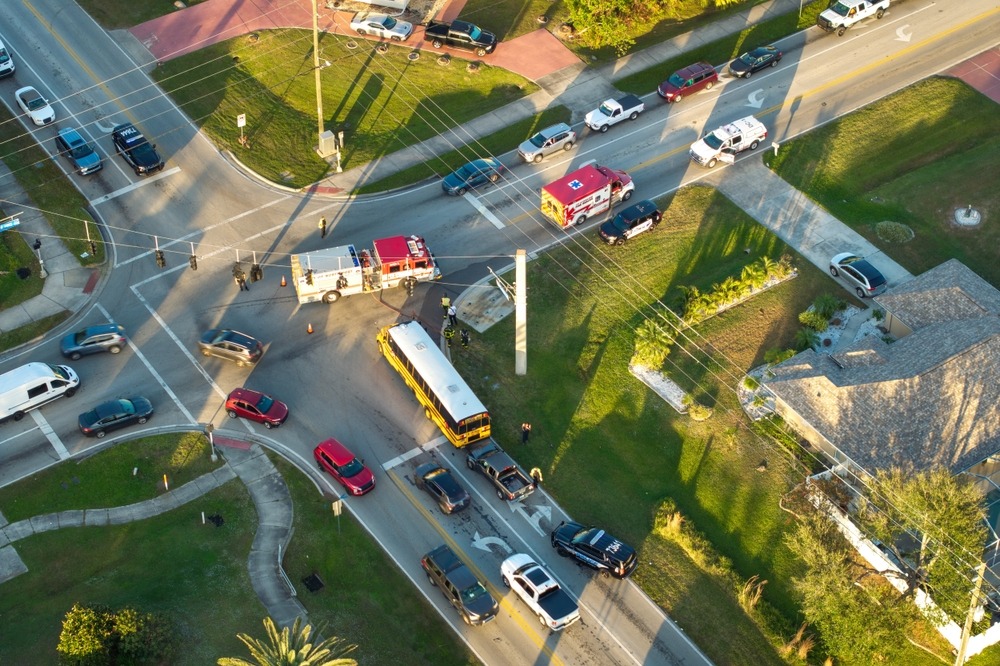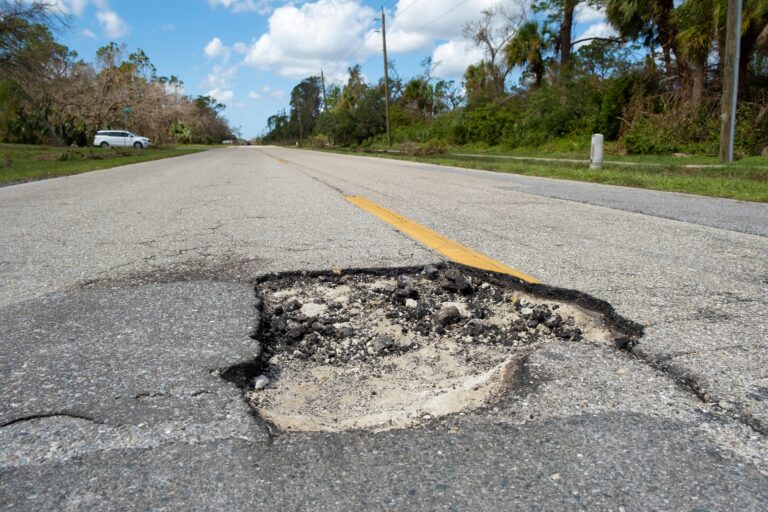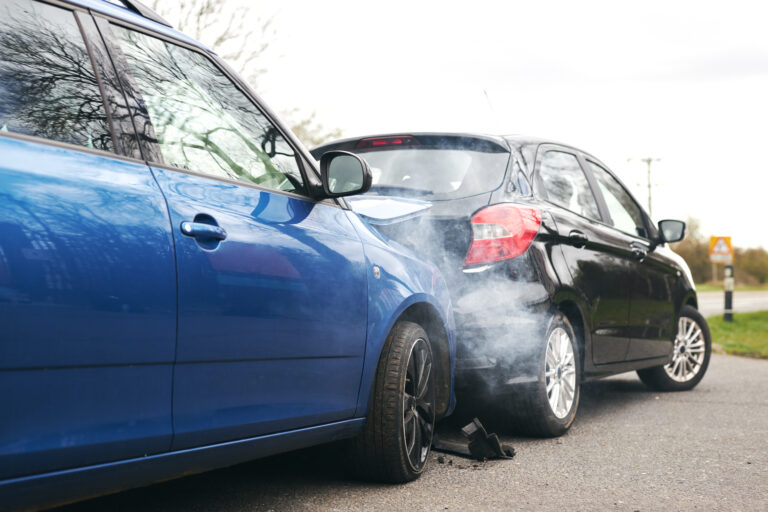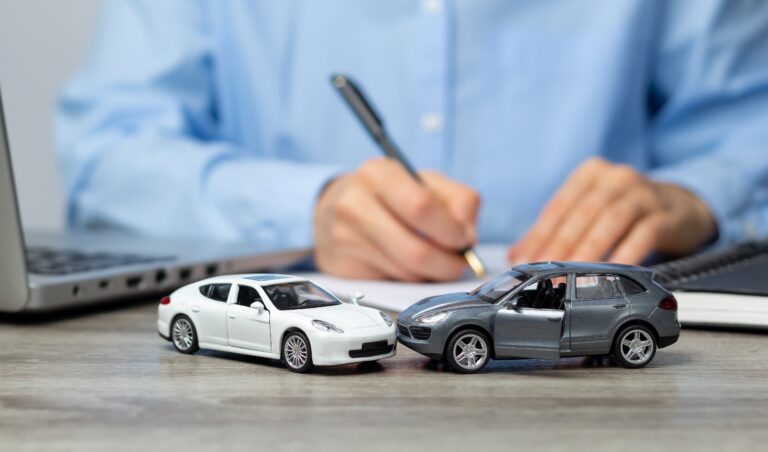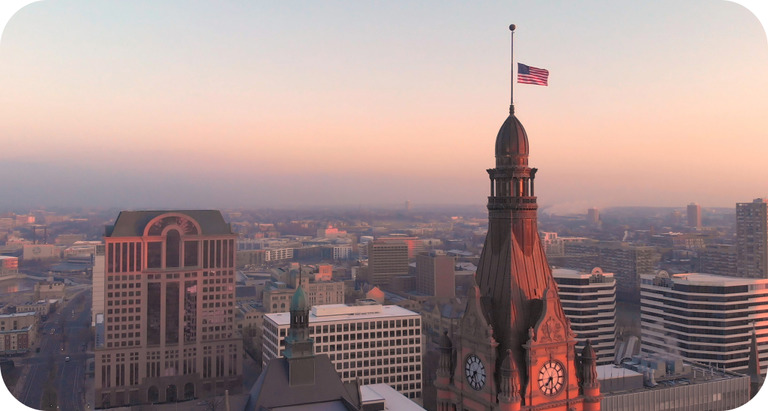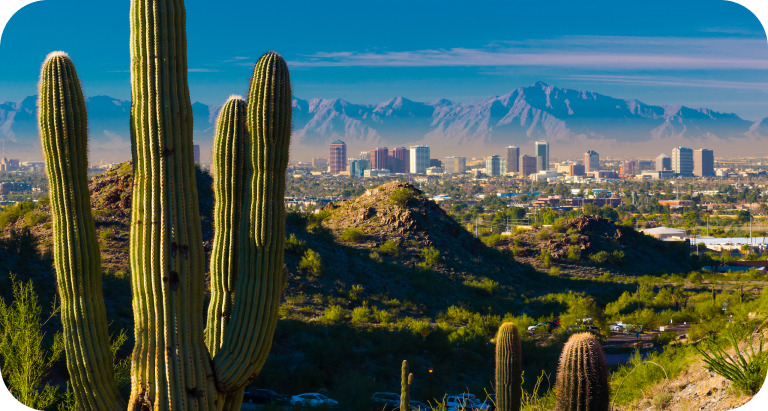Chicago’s intersections are some of the busiest parts of the city’s roads. Vehicle congestion, pedestrian crossings, and traffic signals make them prone to accidents. If you or a loved one has been injured in such an accident, knowing your legal options is key.
Chicago intersection accidents and injuries often involve unique elements that require careful consideration. This guide outlines what you should know about your rights and the steps you can take for justice.
How Intersection Accidents Happen
Intersections introduce more variables for drivers, making them spots where accidents are likely to happen. Familiarizing yourself with common causes is the first step in grasping what makes them so dangerous.
Leading Causes of Accidents at Intersections
- Running Red Lights or Stop Signs: Ignoring traffic controls puts others at risk.
- Left-Turn Collisions: Drivers may misjudge oncoming traffic or fail to yield.
- Distracted Driving: Using a phone or being inattentive in these busy areas increases risk.
- Improper Lane Use: Merging or turning from the wrong lane often leads to collisions.
- Pedestrian or Cyclist Conflicts: Intersections mix various forms of traffic, creating additional hazards.
When drivers fail to follow traffic laws or make poor decisions, the likelihood of serious accidents rises quickly.
Unique Challenges in Intersections
Accidents here frequently involve multiple vehicles or injured pedestrians. These complexities mean pinpointing responsibility can take time and effort. Multiple injured parties or accountability questions can make a straightforward resolution hard to achieve.
What Are Your Legal Options?
After being injured in an intersection accident, you can seek legal solutions to recover costs from damages and other losses.
Insurance Claims
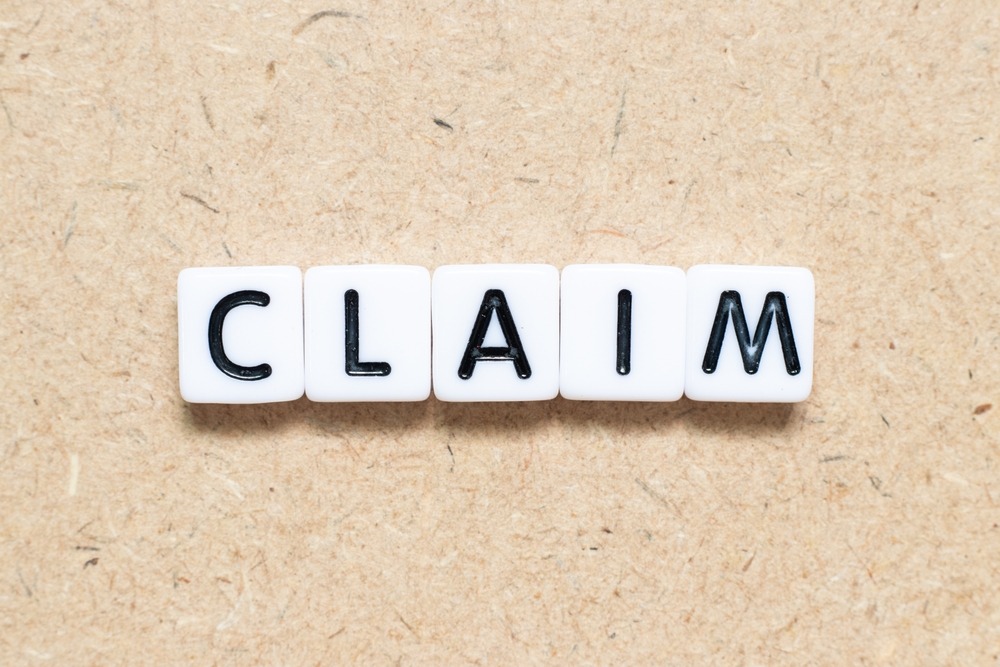
Illinois operates under a fault-based system. If another driver caused your accident, their insurance is generally responsible for your compensation. Claims may cover:
- Vehicle repair or replacement.
- Medical costs tied to any injuries.
- Lost income due to missed work.
Filing a Lawsuit
If an insurance claim doesn’t cover all damages or is denied, filing a personal injury lawsuit might be necessary. This path allows you to pursue not only the costs of damages but potentially compensation for pain and suffering too.
Other Parties That Can Be Held Accountable
Intersections bring more than vehicles into question. Legal responsibility isn’t always limited to other drivers. Claim options may exist against:
- Government bodies for poor roadway maintenance or unclear signage.
- Manufacturers of faulty car parts, like brakes failing in critical moments.
Illinois Laws Impacting Intersection Claims
Certain laws in Illinois shape how traffic accident claims proceed. Being aware of these can help ensure you’re fully protected.
Statute of Limitations
You have two years from the accident date to file a personal injury lawsuit. Property damage claims may allow a longer timeline, though it’s best to act quickly to preserve evidence.
Comparative Fault Rules
Illinois uses a system called modified comparative negligence. If you’re found partially responsible for the accident, your compensation will reduce based on your percentage of fault.
For example:
- If you are 20% at fault and damages total $50,000, your recovery would be adjusted to $40,000.
- Drivers who are more than 50% at fault lose eligibility for compensation.
Steps to Take in the Days and Weeks After an Intersection Accident
After an intersection accident, your focus might shift from the immediate events at the scene to the longer process of recovery and resolution. What you do during the days and weeks following the crash can strengthen your case and protect your ability to recover compensation.
Keep a Detailed Record of Everything
Documentation is one of the most valuable tools you have during this period. Begin gathering and organizing the following information:
- Medical records and bills from all treatments.
- Proof of missed workdays and lost wages.
- Repair estimates or receipts for damaged property.
- Copies of any insurance correspondence.
Keep these documents in a single, secure place for easy access. The more organized your records, the easier it will be to support your claim.
Follow Through on Medical Care
Even if your injuries seem stable, attending all follow-up medical appointments is essential. Doctors may uncover long-term problems that weren’t immediately clear after the accident. Missing medical visits could also weaken your case if insurers or attorneys argue you were not seriously injured.
Maintain Communication with Your Insurance
Stay in touch with your insurance provider, but be cautious during conversations. Provide necessary details but avoid making statements about fault or accepting settlement offers without reviewing them thoroughly.
Taking your time ensures you won’t settle for less than what you deserve.
Monitor Your Financial Situation
Accidents can create financial strain, so pay close attention to your economic health.
Keep track of:
- Out-of-pocket medical expenses.
- Costs related to vehicle repairs or replacements.
- Any additional expenses, such as hiring childcare or transportation services.
These records help document the true extent of your damages, which can be used when seeking compensation.
Speak to an Attorney Early
Legal processes can be complicated and time-sensitive. Connecting with a lawyer early gives you access to guidance on your case while also preventing delays in filing paperwork or meeting deadlines.
They can help determine next steps so you can focus on recovering personally and financially.
Compensation After an Intersection Accident
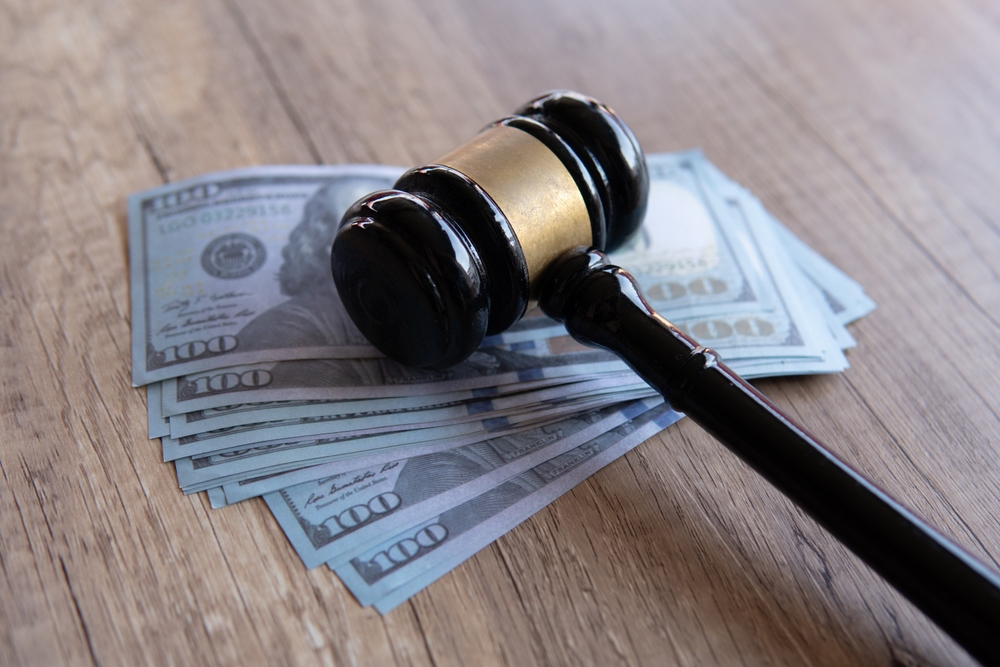
After an intersection accident, victims generally seek compensation for several categories of damages.
Types of Compensation
- Medical Costs: Covers emergency care, surgeries, and ongoing therapy.
- Lost Wages: For missed workdays or diminished earning ability.
- Property Damage or Replacement: Repairs for vehicles or items damaged in the crash.
Non-Economic Damages
Some cases may qualify for additional compensation for pain or emotional suffering. Your attorney will assess whether these damages apply based on your circumstances.
How Traffic Signal Malfunctions Contribute to Intersection Accidents
Traffic signals are meant to keep intersections safe, but the results can be dangerous when malfunctioning. A broken or mistimed traffic light can create confusion for drivers, pedestrians, and cyclists, increasing the risk of accidents.
Knowing about these malfunctions helps you anticipate potential dangers and take action if you’re involved in a collision.
Common Types of Signal Malfunctions and Their Risks
- Broken Traffic Lights: When lights stop working completely, drivers may guess the right-of-way, leading to potential crashes.
- Mistimed Signals: Signals not properly coordinated may cause abrupt stops or unexpected right-of-way changes, confusing road users.
- Flashing Lights: A flashing yellow or red light can make it unclear who needs to yield, particularly in high-traffic or poorly marked areas.
- Power Outages: A total loss of power leaves intersections without signals entirely, turning them into chaotic four-way stops.
Each type of malfunction can disrupt the normal flow of traffic and create unpredictability, raising the likelihood of an accident.
Handling Signal Malfunctions and Protecting Your Rights
If you’re faced with an accident involving a malfunctioning traffic signal, documenting the issue is important. Take photos of the light if it’s malfunctioning, make a note of the time and location, and gather witness statements if possible.
This evidence could be crucial in establishing liability. Malfunctioning signals may also indicate governmental or municipal failure to maintain infrastructure, which could affect your legal claim.
When dealing with a malfunctioning traffic signal, staying alert and collecting necessary evidence can improve safety and support your case if an accident occurs.
The Role of Urban Planning in Intersection Safety
Urban planning plays a significant part in how safe intersections are for everyone on the road. Good design reduces confusion and promotes smoother traffic flow. On the other hand, poorly planned intersections can increase risks for drivers, pedestrians, and cyclists.
Recognizing how urban planning influences safety can help identify hazards and prevent accidents.
Key Design Elements That Affect Safety
- Roundabouts: These reduce the likelihood of severe accidents by slowing down traffic and removing conflict points like left turns.
- Pedestrian Islands: Making crossings safer by giving pedestrians a protected midpoint decreases the risk of accidents in busy intersections.
- Bike Lanes: Dedicated lanes for cyclists improve visibility and reduce the chance of collisions with vehicles.
- Signal Timing: Well-timed traffic lights help maintain a steady flow and prevent bottlenecks that often lead to accidents.
When these features are used correctly, they create safer environments for everyone. However, poorly implemented or absent designs can produce chaotic intersections and dangerous conditions.
How Poor Planning Leads to Accidents
Urban planners must consider how people interact with intersections. Improperly placed signs, narrow lanes, or inadequate crossings can lead to collisions. Declining infrastructure, such as faded paint or broken signal lights, further worsens the problem.
Both poor planning and maintenance failures may point to a lack of accountability, opening the door for legal claims when accidents occur.
Ensuring safe intersections requires careful planning and proper upkeep. When safety is compromised, victims may need to take legal steps to secure justice and compensation.
FAQ About Intersection Accidents
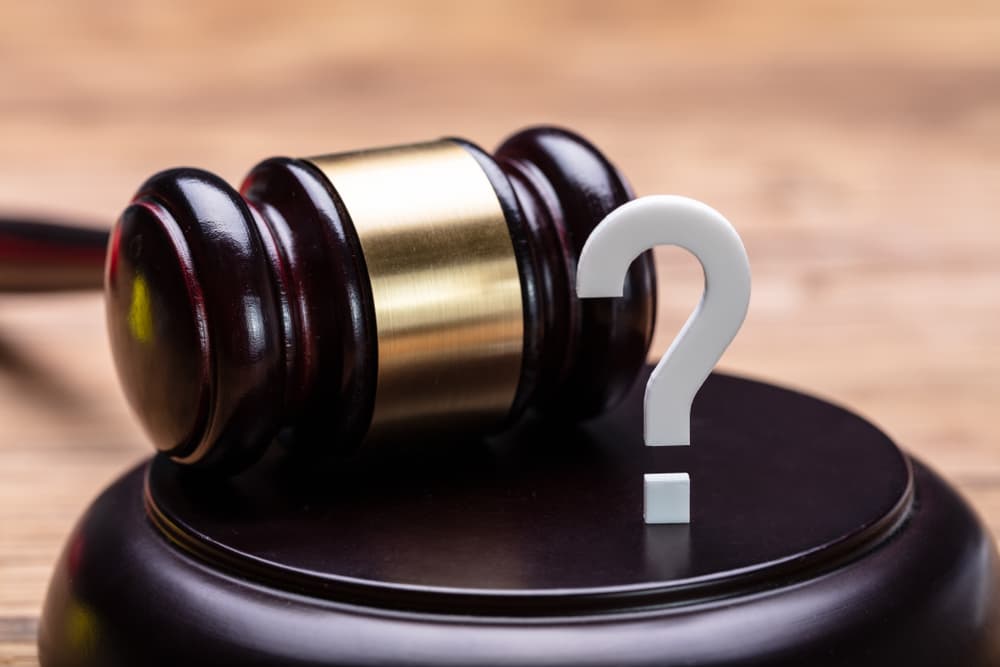
1. Can weather conditions affect liability in an intersection accident?
Yes, weather can play a role in liability. Slick roads, fog, or other conditions may reduce visibility or control, but drivers are still expected to adjust their speed and behavior based on the conditions. Failing to do so can increase their responsibility in an accident.
2. Are intersections with stop signs safer than those with traffic lights?
Not necessarily. While stop signs can reduce certain types of accidents, they may lead to rolling stops or miscommunication between drivers. Traffic lights generally handle higher traffic volumes better, but they must function correctly to ensure safety.
3. What should you do if the other driver refuses to share insurance information?
Stay calm and avoid escalating the situation. Call law enforcement to document the accident and obtain a police report. The report will include the other driver’s information, which you can use when filing an insurance claim.
4. Are motorcycles at a higher risk in intersection accidents?
Yes, motorcycles are more vulnerable because of their smaller size, which makes them less visible. Drivers often underestimate motorcycle speeds, leading to accidents at left turns or during lane changes.
5. How do “no-turn-on-red” rules influence intersection safety?
These rules are designed to protect pedestrians and cyclists, especially in busy urban areas. Violating this rule can lead to legal penalties and liability in an accident involving those crossing the street.
6. What should you do if you hit a pet at an intersection?
Check the pet’s condition and look for identification tags to contact the owner. You’re also required to follow local laws, which may involve notifying animal control. Failing to act responsibly could result in fines or legal action.
7. Can outdated signage be a factor in an intersection accident?
Yes, faded or missing signs can create dangerous situations. For example, if a stop sign is unclear, drivers may proceed without yielding. Documentation of these issues can be valuable evidence in legal claims.
If you have further questions, consider seeking legal advice to better protect your rights.
When Legal Assistance Is Helpful
Intersection accidents present complexities, particularly when liability is disputed. Legal representation ensures you pursue all available avenues for recovery.
Ways Attorneys Assist
- Communicating with Insurers: A lawyer protects you against lowball offers or coverage denials.
- Documenting Evidence: Compiling effective evidence is more critical in crowded accident scenes.
- Filing Court Cases: When settlements fail, your lawyer prepares and argues your case effectively in court.
Resolve Your Legal Issues with Confidence
If Chicago Intersection Accidents and Injuries have disrupted your life, calling Walner Law can help you focus on recovery. Our team is dedicated to walking you through every step of the legal process. Call (312) 410-8496 for a free consultation today.


 Skip to content
Skip to content

